Peter W. Kaplan, Robert S. Fisher1888799838, 9781888799835
Expanding beyond the first edition, this second edition is divided into four sections. The first deals with an introduction and approach diagnosing spells, the electroencephalography of epilepsy and its imitators, and specialized tests of diagnosis such as measurement of serum prolactin. There are chapters on epileptic seizures that do not look like typical epileptic seizures, and conversely, apparent epileptic seizures that are not. A second section approaches imitators of epileptic seizures along age-based lines i.e., what sorts of spells are likely to beset infants, children, or the elderly? A third section addresses individual imitators of epilepsy, ranging from the common to the rare, from dizziness and faintness to startle disease, arranged according to whether they might simulate partial, generalized, or both types of epileptic seizures. The volume finishes off with hyperventilation syndrome, psychogenic seizures (with or without epilepsy), and panic disorders.
Most chapters review the basic definitions and physiology of the respective imitator, followed by the clinical characteristics. Emphasis is given to those features that may differentiate it from an epileptic event, but also mark it for what it is, and give possible criteria for an alternate diagnosis. Case vignettes are used to illustrate particular aspects, along with tables that compare and contrast phenotypically similar conditions. Based on their extensive clinical experience, the authors provide a personal perspective on diagnosis and treatment.”
Table of contents :
Cover……Page 1
Dedication……Page 5
Contents……Page 7
Preface……Page 11
Acknowledgments……Page 13
Contributors……Page 15
Introduction: Approach to the Diagnosis of Possible Seizure……Page 19
1. Electroencephalography in the Diagnosis of Nonepileptic and Epileptic Conditions……Page 33
2. Anatomical–Clinical Localization of Ictal Behavior……Page 47
3. Curious Epileptic Seizures That Don’t Resemble Seizures……Page 63
4. Convulsive Nonepileptic Seizures……Page 79
5. The Role of Serum Prolactin in Seizure Diagnosis……Page 91
6. Nonepileptic Spells in Neonates and Infants……Page 97
7. Nonepileptic Seizures and Similar Phenomena in Children and Adolescents……Page 107
8. Paroxysmal Disturbances Resembling Seizures in the Elderly……Page 129
9. Migraine and Epilepsy……Page 139
10. Strange Tastes, Smells, Sounds,Visions and Feelings……Page 151
11. Dizziness or Vestibular Problems Resembling Seizures……Page 163
12. Movement Disorders that Imitate Epilepsy……Page 181
13. Hyperekplexia and Other Disorders of Startle: Differential Diagnosis with Epilepsy……Page 203
14. Encephalopathy as a Mimic of Seizures……Page 209
15. Neuroendocrine, Metabolic and Toxic Imitators of Epilepsy……Page 225
16. Parasomnias, Sleep Disorders, and Narcolepsy—Sleep-Time Imitators of Epilepsy……Page 235
17. Cerebrovascular Imitators of Epi……Page 249
18. Hyperventilation Syndrome……Page 259
19. Psychiatric Aspects of Nonepileptic Seizures: Psychogenic NES……Page 273
20. Coexisting Epilepsy and Nonepileptic Seizures……Page 279
21. Panic Attacks and Panic Disorders: The Great Imitators……Page 295
Index……Page 307
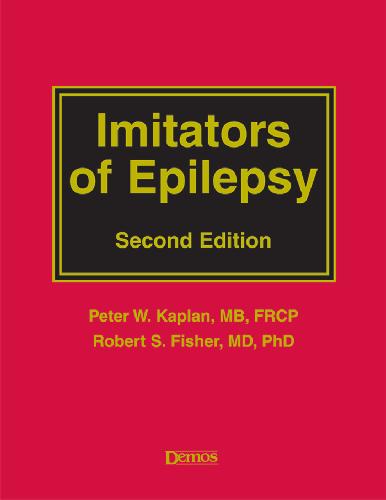
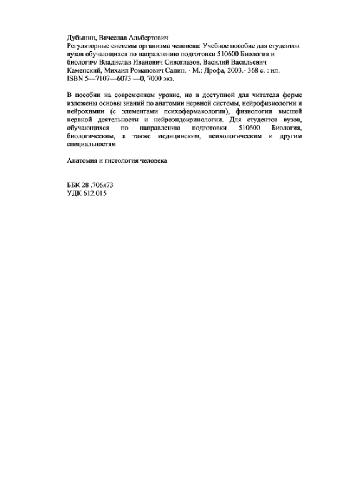
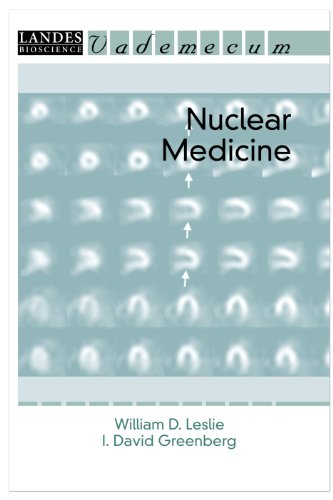
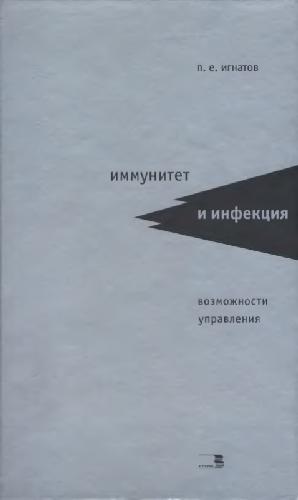
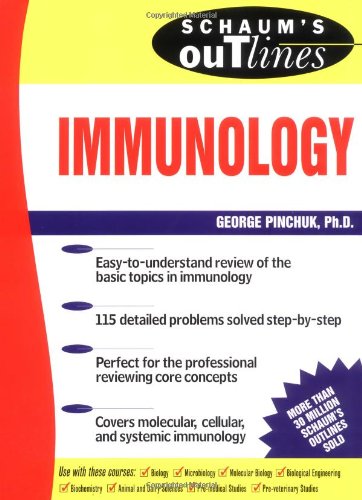


Reviews
There are no reviews yet.